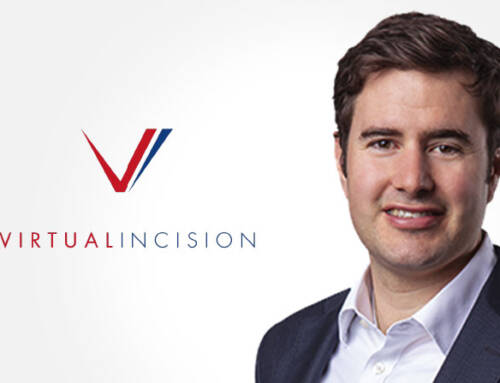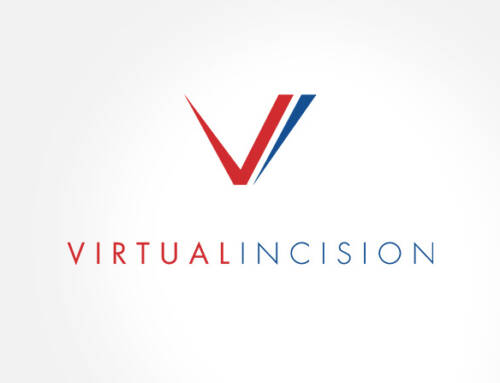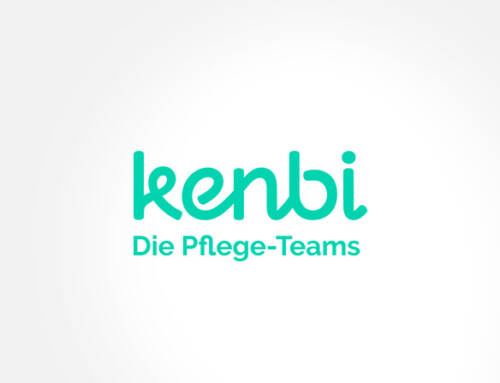
Neurovascular conditions occur when an area of the brain is affected by restricted blood flow or a burst vessel. Rapid and effective treatment enables better patient outcomes following acute neurovascular events — such as stroke — and can prevent severe disability and death.
In 2010, we invested in Nfocus Neuromedical, a start-up that designed, developed, and marketed neurosurgery solutions for brain aneurysms. In 2013, Nfocus was acquired by Covidien, resulting in a successful exit. Since then, we have continued to monitor this sector to stay alert to new developments and investable propositions.
We caught up with Endeavour Vision Investment manager, Toby AuWerter, to learn more about the current state of play in this sector, and where medtech innovation can bring the biggest leaps for patients.
Can you introduce the area of unmet need: what causes a stroke? How many people are affected by stroke per year?
Stroke unfortunately affects a huge number of people – 800,000 per year in the US alone. The elderly, and those who smoke, have high blood pressure, high cholesterol, are obese, or lack physical activity are the most likely to be affected.
A stroke happens when the blood supply to an area of the brain gets blocked. The lack of blood supply prevents oxygen and nutrients from reaching the surrounding tissue, leading to damage or death of brain cells. Most cases occur due to a clot, blockage, or narrowing of the vessel — this is called an ischemic stroke and represents about 87% of cases. On the other hand, haemorrhagic strokes, which occur when a blood vessel bursts and bleeds into the surrounding brain tissue, make up about 13% of stroke cases.
The goal of stroke treatment is to minimise brain injury and treat medical complications, which in most cases means attempting to restore normal blood flow to the affected tissue as quickly as possible. Without rapid treatment, stroke can cause severe disability or death. Such disabilities can affect patients’ movement, speech, cognition, and mood — and as a result, their independence and quality of life.
What is the current standard of care for ischemic stroke? Can you describe how these treatments work, and their current limitations?
Depending on the patient, treatment for an ischemic stroke may involve a pharmacological approach or a surgical approach, or a combination of the two. Thrombolytic drugs, such as tPA (tissue plasminogen activator), can be given to thin the blood and dissolve the clot, restoring blood flow to affected regions of the brain. Thrombectomy, on the other hand, is an approach to surgically remove the clot. During a mechanical thrombectomy, the surgeon inserts a catheter, which is essentially a long flexible tube, into the blood vessel towards the clot. A device is then fed through the catheter towards the clot to physically capture the clot or remove it via suction. The catheter is typically inserted through a minimally invasive approach ― often via the femoral artery in the groin ― and fed towards the brain. Recent research has shown that tPA treatment combined with thrombectomy is more effective than tPA treatment alone, so in eligible patients this is now the first line approach.
A fast response is crucial to successful treatment. Unfortunately, only one in three eligible patients receive the procedure due to not reaching a capable facility quickly enough. Of the patients who do receive the procedure, only approximately a third of cases achieve a first pass effect (FPE), which refers to the success of the clot removal on the first pass of the thrombectomy device. FPE is linked to lower mortality rates and better outcomes, such as the ability to independently undertake daily activities.
How can ischemic stroke treatments be improved upon, and what medtech innovation is emerging to achieve this?
To improve outcomes for ischemic stroke patients, companies are focusing their R&D efforts on refining and improving thrombectomy procedures to improve the FPE rate, increasing the overall success rate of clot removal, and reducing the time to achieve clot removal. Large bore aspiration catheters, cyclic aspiration pumps, and novel stent retrievers are all good examples of new technologies that may improve on the standard of care.
Large bore aspiration catheters have a wide lumen to better match the size of the blood clot and enable easier removal of large clots. Cyclic aspiration pumps use novel aspiration waveforms to perform a cyclical suction and release action to help break apart a clot, potentially reducing time for removal or increasing clot removal rates.
Stent retrievers (sometimes shortened to stentriever), which have long been a mainstay of mechanical thrombectomy, have also seen innovative designs that ease the capture of the blood clot. Inserted via a catheter, stentrievers are wire mesh tubes, similar to a stent that may be placed in the coronary arteries, but that are connected to a wire and designed to capture and remove a clot.
Beyond improving thrombectomy procedures, what else is being done to improve patient outcomes?
Innovation in surgical technique is crucial but it’s only one piece of the puzzle. Not reaching a facility in time is one of the major barriers to receiving effective treatment. There are a growing number of earlier-stage wearable technologies that hope to enable at-home monitoring of patients to accelerate the time from a neurovascular event to hospital admission. Additionally, public awareness campaigns can help more people recognise the symptoms of stroke so they can act quickly to enable faster treatment.
Once the patient gets to the hospital setting, it’s critical that they are triaged quickly and accurately to identify what treatment they need. The use of artificial intelligence in patient triage for neurovascular events is already widely used in hospitals and is providing faster stroke diagnosis and treatment. Once the patient is in hospital, shortages of physicians that are trained to perform thrombectomy can also be a barrier. Simpler thrombectomy techniques could theoretically make procedures possible for more physicians, in addition to increasing the number of physicians being trained on current techniques every year.
To increase the number of patients eligible for thrombectomy, more techniques are needed to access distal clots in narrow vessels. The development of smaller tools could enable more patients to be indicated for mechanical thrombectomy, so long as the clinical results show a benefit.
What are some of the considerations for finding attractive medtech investment deals in the neurovascular space?
Overall, it’s an exciting space, with a fast-growing market and innovative medical devices looking to address a vast unmet need. As a result, a number of strategic medtech players have robust neurovascular portfolios, so there are a number of potential acquirers for new technologies that move the needle for patients and physicians.
When selecting medtech companies for investment, we look to support companies that are showing considerable advantages over the standard of care ― whether that’s by significantly innovating on existing techniques or developing first-in-class technologies. With this approach, our investment has the best opportunity to help successfully commercialise new healthcare technologies and bring life-changing care to more patients.





